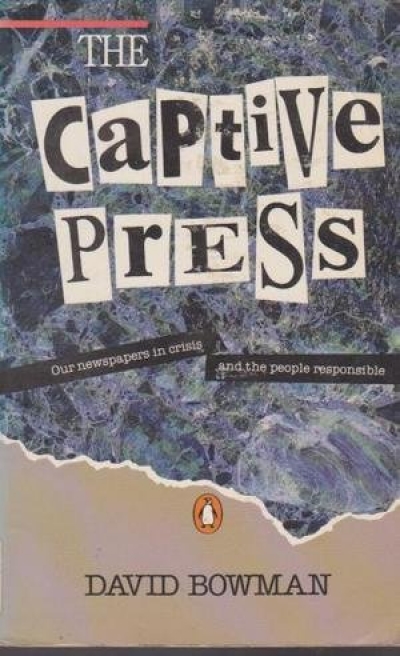Archive
A slightly unconventional 1950s upbringing – I was nourished on Russia’s virtues as well as Weeties – may be responsible for my inability to believe in that pandemic, the tall poppy syndrome; instead I’ve always seen the naming of it as just one more jaunt down that jingoistic path which supposedly leads to the discovery of a definition of Australian identity – surely one of the dreariest literary pursuits known to person. But having popped my head up over the parapet a few times in the last few weeks, and having attracted an absolute fusillade of complaint, I was thinking seriously about changing my tune.
... (read more)Staining the Wattle: A people’s history of Australia since 1788 edited by Verity Burgmann and Jenny Lee
by Robert Manne •
The Great Seesaw: A new view of the Western world 1750–2000 by Geoffrey Blainey
by G.C. Bolton •









